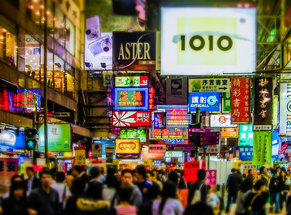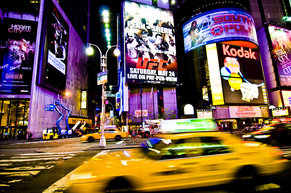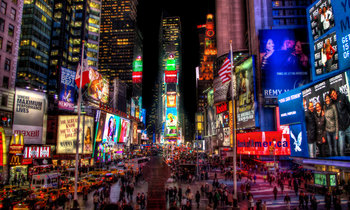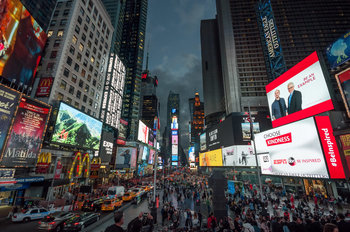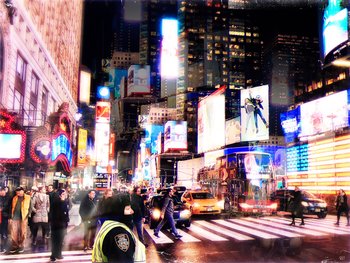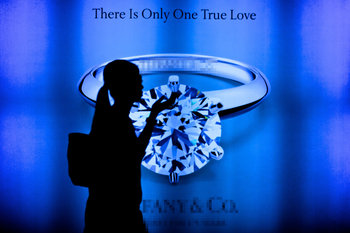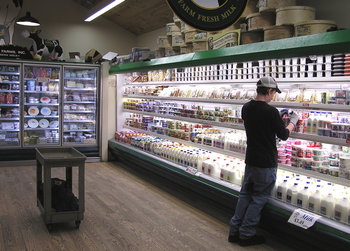
Communications | Internal documents |
Advertisements | Annual reports |
Billboards | Bills |
Brochures | Building exteriors |
Business cards | Catalogs |
Corporate and brand merchandise | Corporate events |
Emails | Event tickets |
Fleet vehicles | Invoices |
Letterheads | Logos |
Mail | Menus |
Mobile apps | Name badges |
Newsletters | Office decor |
Packaging | Packaging inserts |
Posters | Presentations |
Press kits | Press releases |
Product demonstrations | Product designs |
Product labels | Product manuals |
Promotional items | Promotional media |
Reception areas | Recruiting materials |
Retail displays | Sales collaterals |
Social media profiles | Stickers |
Store windows | Trade show booths |
Uniforms | Websites |
White papers |
Brand Guidelines
In some cases, a firm with many brands uses unique color schemes for each brand. These are captured in a document known as brand guidelines that are a standard for the visual identity of a brand or firm.Color Theory
Color theory is the study of color mixing and visual effects of color. Colors and color combinations are perceived to have meanings that are influenced by human factors such as culture. For example, red and green tends to invoke images of Christmas. Corporate colors are typically designed to invoke a cognitive image alongside visual symbols such as logos.| Overview: Corporate Colors | ||
Type | ||
Definition | A color scheme that an organization adopts as a visual representation of its identity. | |
Related Concepts | ||



